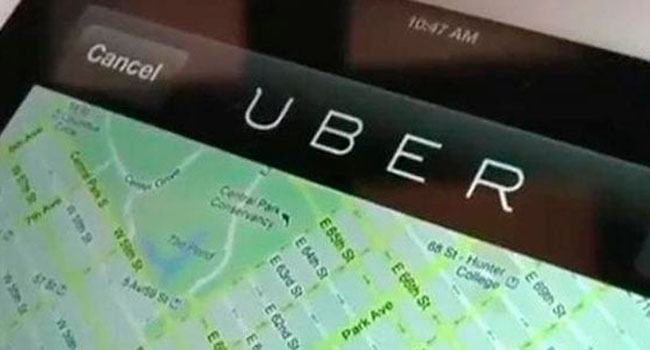 In a well-functioning city, we’ve long taken certain things for granted. We expect law and order, and a reasonable degree of safety. Drinkable water should flow from the taps. A reliable supply of electricity should ensure the lights stay on. Traffic should move.
In a well-functioning city, we’ve long taken certain things for granted. We expect law and order, and a reasonable degree of safety. Drinkable water should flow from the taps. A reliable supply of electricity should ensure the lights stay on. Traffic should move.
Recently, this list of basic requirements has expanded. We expect cellphones to work everywhere and Wi-Fi to be available so we can take advantage of the services these tools provide to us.
One such service is ride-hailing, very often offered by Uber, but also through Lyft and other apps. These services offer many advantages:
- They’re environmentally beneficial because they reduce the number of cars on the road. Knowing that a ride will be there with a tap on your phone increases the likelihood you’ll do without a personal vehicle and all the demands it makes on the environment.
- With fewer vehicles, there’s less need for parking and road expansion. That frees up space for green spaces or even more affordable housing.
- Fewer vehicles on the road should also mean less traffic congestion and, therefore, fewer costly (and injurious) accidents.
- Ride-hailing is much less expensive than taxis. In one Asian city, a taxi to the airport costs $50 while an Uber ride cost $5.
- Ride-hailing is vital to the increasing share of the population that can’t (or chooses not to) drive. We know our population is aging. Losing the ability to drive seriously limits the lives of older people. And many young people are not even getting drivers’ licences or cars because of the environmental impact, affordability or both.
- Ride-hailing uses a flexible pricing mechanism to ensure that a car and driver will always respond to your call. You may pay more but that’s better than standing in the rain waiting for a taxi that doesn’t come or being left at the night bus stop until the day shift starts at six in the morning.
But do we really need ride-hailing? We already have taxis, car share, transit, bike lanes and sidewalks.
Taxis are costly. When the need is greatest, such as in bad weather or in party season (where we have actually learned not to drink and drive), taxi companies often don’t even respond to calls or – worse yet – say they’re coming and then don’t show up.
Car sharing is a step in the right direction, but the service is limited geographically and useful only to people who can both walk and drive. Cars don’t come to the door of those with limited mobility and a valid driver’s licence is required.
Transit has improved a great deal in many cities, with more rail lines and more accessibility. However, it’s still a sorry system in many communities. In Vancouver, university students call the transit service offered to them not UPass but PassU because that’s what the full buses do as they stand on the corner trying to get to class.
Biking and walking are wonderful alternatives. However, they demand a level of fitness and hardiness that not everyone has, especially in an aging demographic. They also require time, which many people have too little of. How many people who are working and/or raising families have extra hours in their days to devote to getting where they need to go?
Biking and walking can also be difficult when the weather turns cold and the snow piles up – features that often afflict most Canadian cities.
Vancouver is now one of the few major cities that doesn’t have ride-hailing. People from San Diego to Da Nang, Vietnam, now take it for granted. Tourists are amazed they can’t use this convenience. Mobile industries such as video production are noticing this deficiency.
You would expect that a government that cares about maintaining a livable, green city would do all it could to enable ride-hailing in Vancouver. Instead, they’re cracking down on the less-than-legal hailing services that have sprung up to meet a real need.
Safety is one pretence for this offensive. Are the drivers safe enough? Licences allow you to drive family, friends, kids, colleagues and anyone who will get into a car with you, so there’s already a high degree of confidence in drivers. Insurance needs could be covered with regulation.
But what will happen to the poor taxi drivers?
They certainly could move to a ride-hailing service. They’d earn less per ride but keep more of what they earn, not having to pay the licence owner a large chunk of their fares. They’ll have more control over their working hours and more incentive to work when and where the need is greatest.
The relatively few taxi licence holders will see the value of a large capital asset fall. But how long should the citizens of B.C. and Vancouver be held to ransom for their benefit?
Troy Media columnist, consulting economist and speaker Roslyn Kunin is that rare economist who can make the often difficult subject of economics understandable.
The views, opinions and positions expressed by columnists and contributors are the author’s alone. They do not inherently or expressly reflect the views, opinions and/or positions of our publication.

